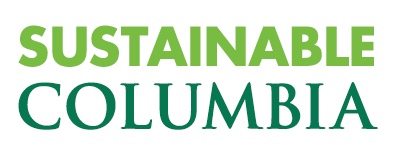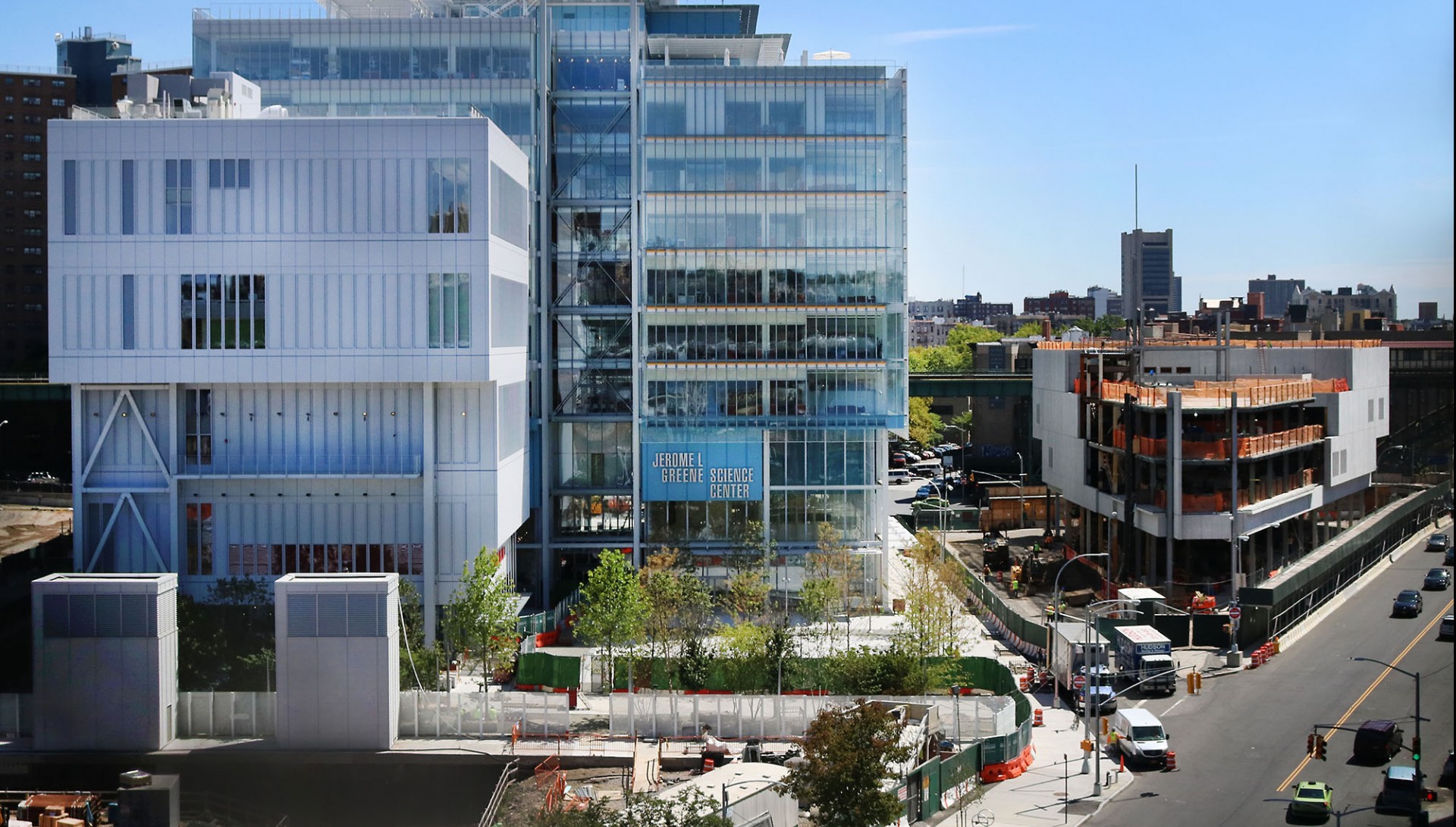Columbia has long been a leader in sustainability, evident in its commitment to exceed the minimum requirements for sustainable construction in the pursuit of net zero emissions. The University's commitment is evident in the number of new buildings and renovations that have earned Leadership in Energy and Environmental Design (LEED) certification from the U.S. Green Building Council. As part of Plan 2030, Columbia is undergoing an evaluation of its design and construction programs across multiple campuses, identifying deficiencies and proposing enhanced sustainable solutions.
WSP – a firm with extensive experience in built ecology and sustainable construction – was selected last year and began work on the first two project phases alongside Columbia’s Capital Project Management (CPM) team.
Phase One included conducting research and interviews across Columbia’s campuses. The team collected information about how design and construction projects are currently managed, what policies exist, and what sustainability advancements have already been implemented. This phase also included extensive research on peer institutions’ sustainable construction and design standards, as well as best-practice standards in the broader architectural industry.
Phase Two – program development – began in January 2024. During this phase, which is set to wrap up in the coming weeks, WSP and the CPM team conducted workshop sessions with stakeholders from all campuses. They used the information gathered in Phase One to talk about specific goals and strategies that will be included in the final set of standards. Preliminary examples of strategies include:
-
A construction waste tracking system
-
A list of “take-back” programs to reduce waste
-
Evaluation of water conservation goals and how projects can reach them
-
A method to measure the Scope 3 emissions of a project and set limits for those emissions
-
Evaluation of the cost and carbon effect of purchasing materials in bulk to reduce transport
Phase Three, implementation and training, is set to begin this summer. Training material will be prepared, and six training sessions will be provided for internal stakeholders, project managers, and staff.
About Responsible Design and Construction in Plan 2030
Combined, Columbia’s campuses include around 17 million square feet of various building types, ages, sizes and program uses. Capital project portfolios at each respective campus consist of a broad range of project types and sizes, from small renovations to ground-up buildings. Most capital projects on the historical Morningside campus generally rely on existing campus utility infrastructure for all services.
The way Columbia builds significantly impacts the environment on several levels. With a growing campus, Columbia must be ever-mindful of the methods of building, the materials sourced, and the end-of-life treatment after demolition. This extends to both exteriors and interiors of buildings, creating harmony between sustainability and occupant comfort. In addition, building design largely determines the greenhouse gas (GHG) emissions resulting from the operation of the building over its lifetime.
This section of Plan 2030 will ensure that Columbia’s design, construction, and refresh processes at all campuses align with the University’s long-term goal to reduce Scope 1, 2, and 3 GHG emissions to achieve net zero by 2050 or sooner and achieve zero waste.

